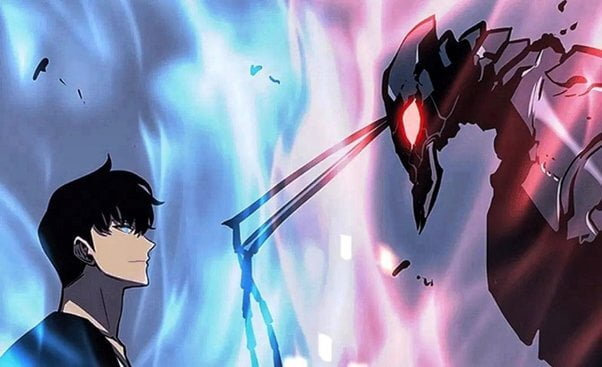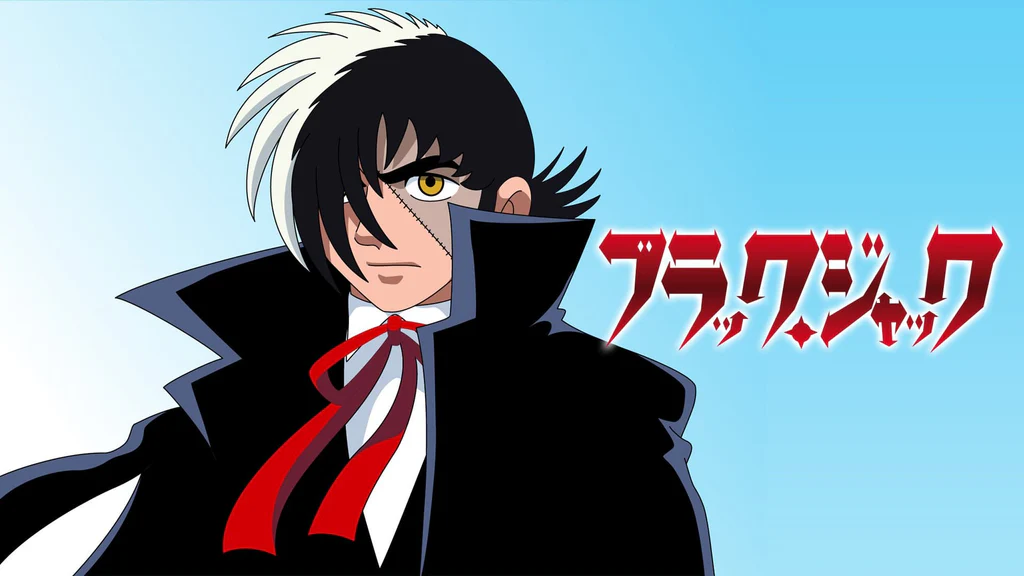
“Tezuka Osamu: The Father of Manga and a Pioneer of Anime”2025
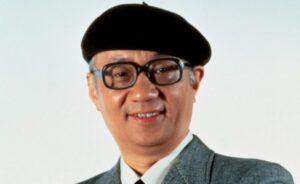
When we think of anime and manga today—multi-billion-dollar industries, cultural cornerstones, and storytelling platforms beloved worldwide—it’s impossible to ignore the towering legacy of Tezuka Osamu. Often called “The God of Manga” and “The Father of Anime,” Tezuka didn’t just help shape modern Japanese pop culture—he created the blueprint.
With over 700 manga titles, 60+ animation projects, and a style that laid the foundation for everything from Shonen Jump hits to Studio Ghibli, Tezuka’s work is as influential as it is timeless. This is the story of a doctor-turned-artist who dreamed bigger than anyone, and forever changed the way the world sees comics and animation.
Karun Nair
🧠 The Early Years: A Childhood Fueled by Curiosity
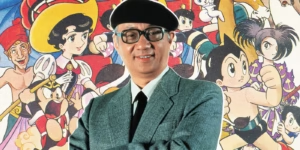
Osamu Tezuka was born on November 3, 1928, in Toyonaka City, Osaka Prefecture, during a time when Japan was undergoing rapid modernization. His family was educated and cultured—his father loved film and owned a projector, and young Osamu often watched Western animation like Betty Boop, Popeye, and, most notably, Disney’s early works.
From an early age, Tezuka was a voracious reader and a gifted artist. But his love for drawing didn’t stop him from pursuing a more “practical” career—he studied medicine at Osaka University. Still, his artistic passion never left him. Even during his medical studies, he was creating manga on the side. In fact, he earned his medical degree but never practiced. Instead, he committed himself fully to manga.
📖 Revolutionizing Manga: From Comic Strips to Epic Storytelling

Before Tezuka, Japanese comics were often simple, humorous strips—more like editorial cartoons than long-form narratives. Tezuka didn’t just want to make people laugh—he wanted to move them.
His 1947 breakthrough, “New Treasure Island” (Shin Takarajima), was a game-changer. With cinematic panel layouts, dramatic pacing, and a compelling story, it sold over 400,000 copies and kickstarted what would become known as the modern manga industry.
Tezuka introduced the idea that manga could be:
- Serialized like novels
- Deep like cinema
- Emotional like live-action drama
- Visually expressive and dynamic
He played with panel size, point of view, and page flow in ways no one had done before. To this day, his techniques are studied in art schools around the world.
💫 Iconic Works: Manga that Shaped Generations

Tezuka’s career is a mountain range of influential works. Here are just a few:
⭐ Astro Boy (Tetsuwan Atom)
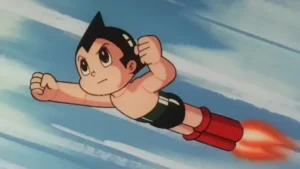
A young robot with human emotions, fighting for peace between humans and machines. Published in 1952, Astro Boy is arguably Tezuka’s most famous work. It’s not just the story of a robot boy—it’s a profound meditation on technology, ethics, and humanity. The series wrestles with questions that feel even more relevant today in the age of AI.
🧑⚕️ Black Jack

A mysterious, unlicensed surgeon who performs miraculous operations—and charges a fortune.
Dark, philosophical, and often deeply emotional, Black Jack explores the gray areas of medicine, justice, and morality. Tezuka poured much of his own medical training into this series, making it both thrilling and intellectually rich.
🦁 Kimba the White Lion (Jungle Taitei)
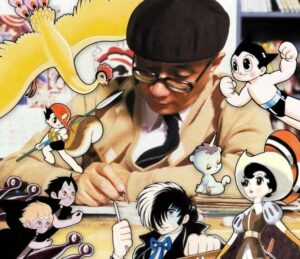
A lion cub returns to the jungle to reclaim his father’s legacy and unite the animal kingdom. Sound familiar? Many fans have noted striking similarities between Kimba and Disney’s The Lion King. Kimba, published in 1950, was Japan’s first color anime and carried strong themes about nature, leadership, and forgiveness.
🙏 Buddha
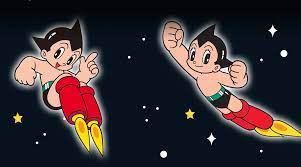
A monumental, 8-volume retelling of the life of Siddhartha Gautama, founder of Buddhism. This series reflects Tezuka’s more spiritual and philosophical side. It’s beautifully drawn and deeply thoughtful—a blend of historical fiction, theology, and human drama.
- Princess Knight – One of the first shojo manga, starring a sword-wielding princess with a boy’s heart and a girl’s heart.
- Phoenix (Hi no Tori) – Tezuka’s magnum opus, spanning time and space, exploring the cycle of life, death, and rebirth.
🎞️ The Birth of TV Anime: Tezuka Takes on Animation

In 1961, Tezuka founded Mushi Production, one of Japan’s earliest animation studios. While other studios were still trying to emulate Disney’s lush, high-budget style, Tezuka had a bold idea: make animation work on TV by simplifying it.
Thus was born the style we now recognize as anime:
- Limited animation techniques (fewer frames per second)
- Reused backgrounds and character models
- Big, expressive eyes to convey emotion with fewer drawings
- Emphasis on story and character over fluidity
In 1963, Astro Boy became the first Japanese TV anime series. It aired weekly, reached millions of homes, and launched a whole new era of entertainment.
Other key anime milestones:
- Kimba the White Lion (1965): Japan’s first color anime.
- Princess Knight (1967): One of the earliest anime targeting young girls.
- Unico (1981): A cute fantasy tale with deep emotional layers.
🌍 Legacy and Global Impact
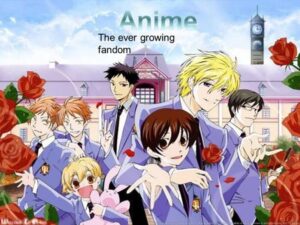
Tezuka passed away in 1989 at the age of 60, but his influence is everywhere:
- Hayao Miyazaki, co-founder of Studio Ghibli, has cited Tezuka as a major influence.
- Manga artists like Naoki Urasawa (Monster, 20th Century Boys) often refer to Tezuka’s storytelling as foundational.
- Anime conventions around the world honor him as a godfather figure.
- His creations have been translated into dozens of languages and adapted into games, films, and remakes.
Tezuka’s work transcends borders because he understood one thing better than anyone: stories are universal. Whether you’re a kid in Tokyo or a teen in New York, his tales of justice, kindness, wonder, and struggle speak to the core of what it means to be human.
📜 Tezuka’s Philosophy: “Love All Life”
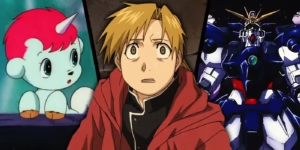
Tezuka believed in the sanctity of life—human, animal, and otherwise. Many of his works carry an undercurrent of empathy and coexistence. He was outspoken against war and violence, and he never shied away from showing the darker sides of human nature. But in the end, his stories always carried a spark of hope.
🎉 Final Thoughts: A Titan Who Still Inspires
Tezuka Osamu didn’t just draw manga—he created a new language for storytelling. He turned comics into serious art, made animation work for television, and inspired an entire planet of creators.


